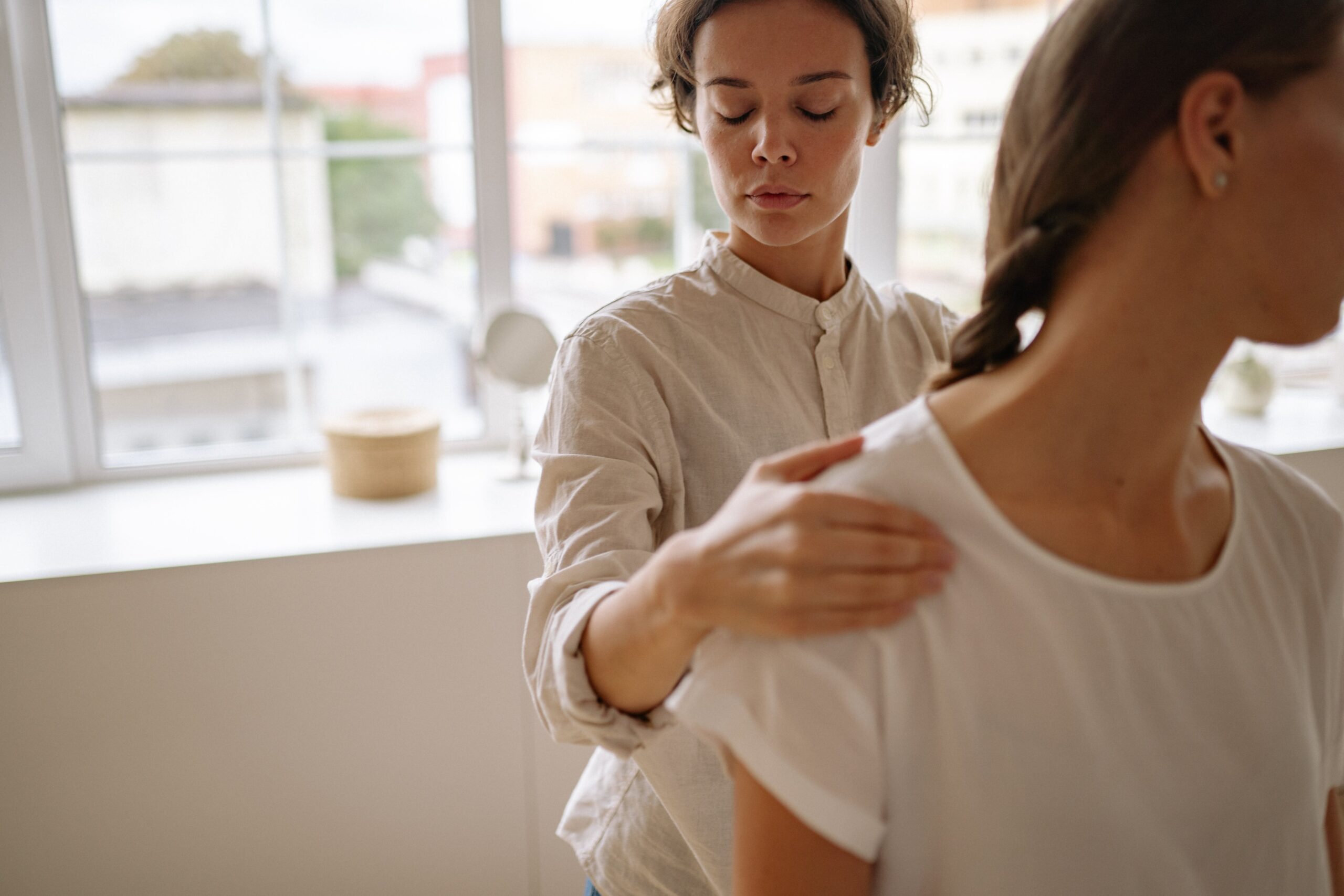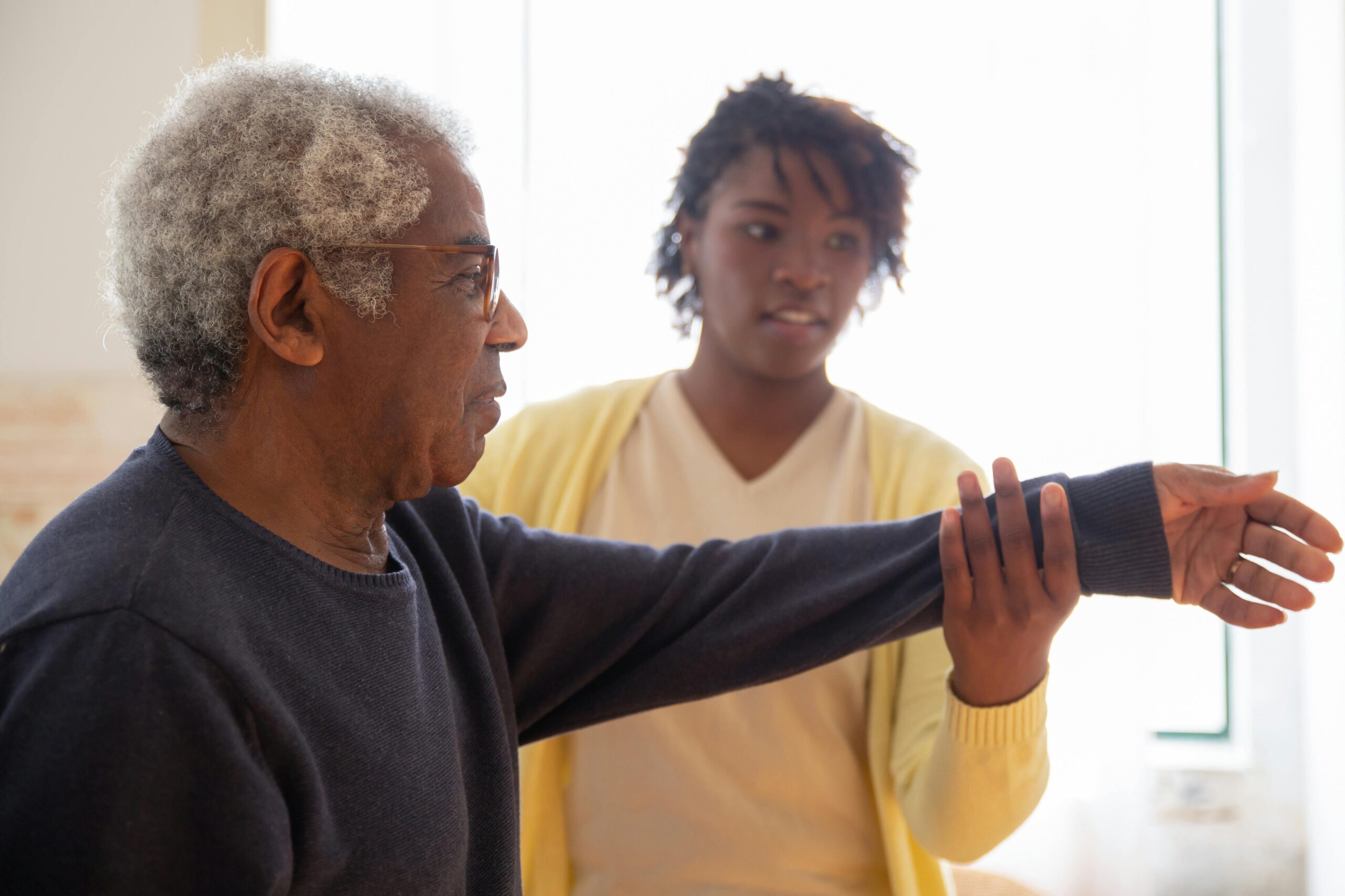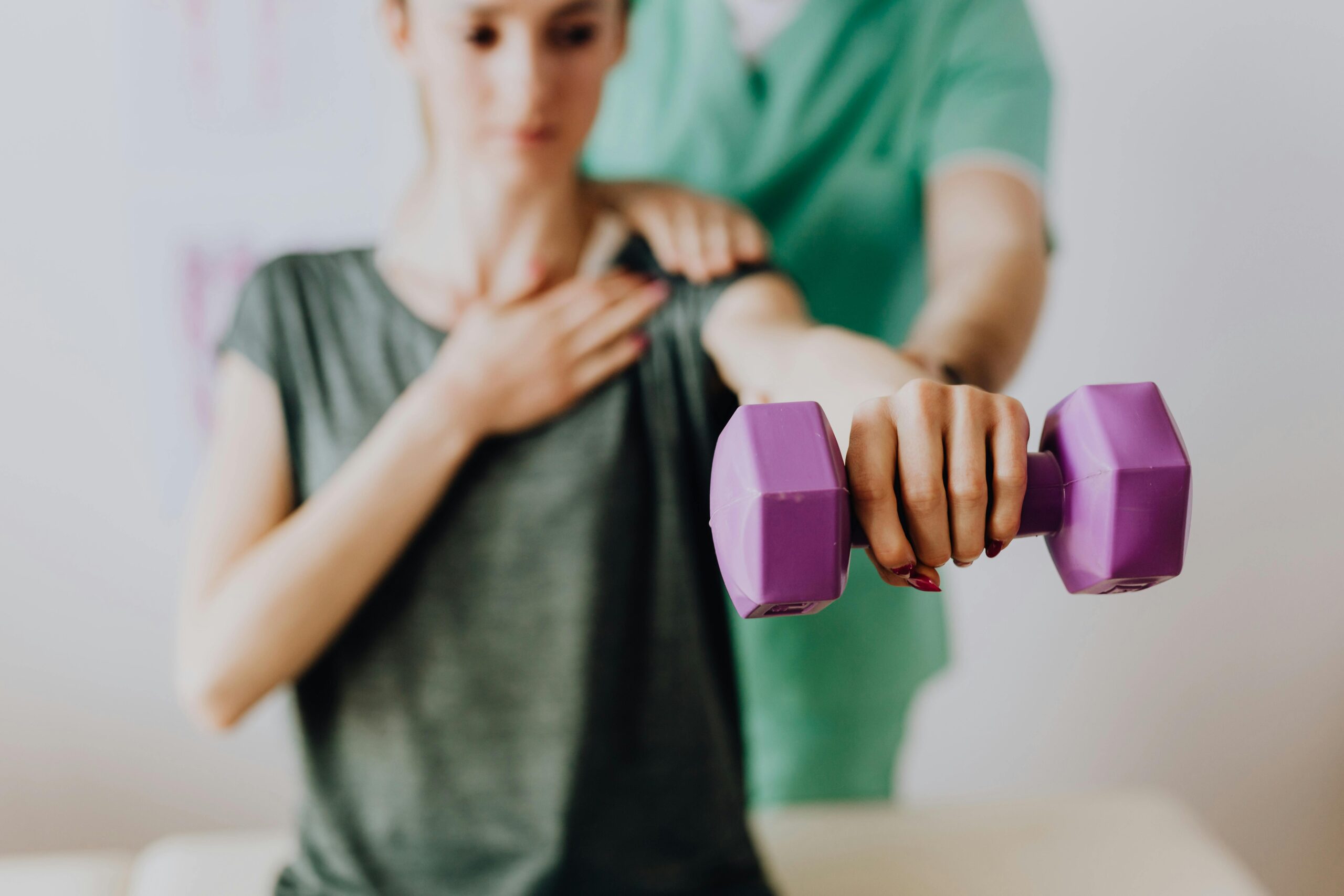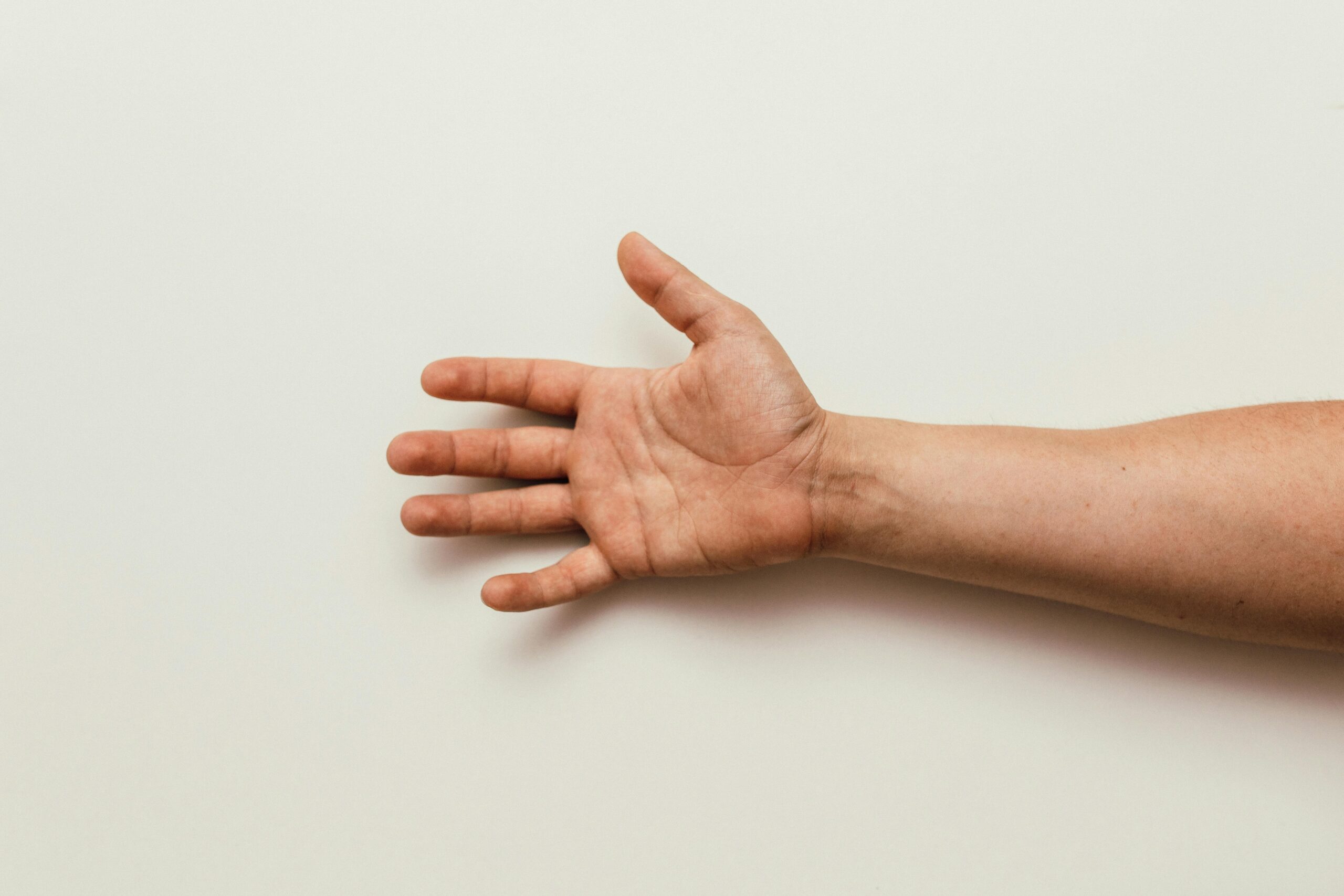What is Golfer’s Elbow?

Golfer’s elbow, or medial epicondylitis, is a condition that extends beyond the golf course. It affects people who are engaged in activities involving repetitive arm and wrist motions. It causes pain and tenderness on the inner side of the elbow. This condition often stems from overusing forearm muscles crucial for gripping, arm rotation, and wrist flexion. Early detection and proper treatment are essential for avoiding chronic problems. Physiotherapy has earned a good reputation when it comes to treating similar chronic conditions. But, how effective is physiotherapy for a golfer’s elbow? Let’s find out.
What Causes Golfer’s Elbow?
The primary cause is the excessive strain on the muscles and tendons of the forearm. This strain typically results from repetitive or forceful wrist and finger motions. It’s not limited to golfers. People who work as carpenters, painters, and even office workers who perform repetitive wrist movements are at risk. Poor technique in sports or daily activities can exacerbate the strain, increasing the likelihood of developing this condition.
What are the Symptoms?
The hallmark symptom of a golfer’s elbow is pain and tenderness on the inner side of the elbow. It may sometimes extend along the inner side of the forearm. Stiffness in the elbow, weakness in the hands and wrists, and a tingling or numb sensation in the fingers, especially the ring and little fingers, are also common. The pain may worsen with certain movements, like swinging a golf club, turning a doorknob, or shaking hands.
Early intervention is crucial in the treatment of a golfer’s elbow. Resting the affected arm and avoiding activities that exacerbate the pain is the first step. Applying ice to the elbow can reduce pain and swelling. Over-the-counter pain relievers, such as ibuprofen or naproxen, can also help manage pain and inflammation.
Read more:
| FIVE EXERCISES YOU SHOULD AVOID AFTER KNEE SURGERY FOR QUICK RECOVERY | CAN PHYSICAL THERAPY MAKE VERTIGO WORSE? |
| HOW IT FEELS LIKE AFTER PHYSIOTHERAPY TREATMENTS? | WHAT IS GERIATRIC PHYSIOTHERAPY ? |
How Physiotherapy Can Help Manage Golfer’s Elbow?
Physiotherapy is instrumental in the recovery and management of the golfer’s elbow. A physiotherapist begins with a detailed assessment to pinpoint the specific movements that trigger pain. This assessment is crucial for tailoring a treatment plan that addresses the individual’s unique needs.
The treatment plan may include a variety of techniques:
- Stretching Exercises: These exercises gently stretch the forearm muscles, increasing flexibility and reducing tension in the muscles and tendons. This is particularly important for restoring the range of motion and preventing stiffness.
- Strengthening Exercises: Targeted exercises help to rebuild the strength of the muscles around the elbow gradually. This strengthening is vital for supporting the elbow joint and preventing future injuries.
- Manual Therapy: Manual therapy techniques, such as massage and joint mobilization, play a significant role in improving elbow mobility and reducing pain. These techniques help to alleviate muscle tightness and improve blood flow to the affected area.
- Ultrasound Therapy: Ultrasound therapy promotes healing in the tissues around the elbow. It uses sound waves to create a deep heating effect that can reduce pain, decrease inflammation, and speed up the healing process.
Prevention of a golfer’s elbow involves adopting proper techniques in sports and daily activities to reduce strain on the elbow. Wearing appropriate protective gear, like elbow braces, and using equipment that suits one’s body size and strength can also help. Regular stretching and strengthening exercises for the arm, wrist, and hand muscles are beneficial in preventing recurrence.
Looking for Golfer’s Elbow Treatment in Brampton?
At our clinic, we specialize in treating conditions like golfer’s elbow with a patient-centred approach. Our experienced physiotherapists provide personalized care, combining advanced therapeutic techniques with practical lifestyle and ergonomic advice. We focus on not just alleviating your current symptoms but also on preventing future recurrences, ensuring you can enjoy your daily activities and sports without discomfort.
Blog Categories
- Acupuncture Treatment (10)
- Ankle Sprain (1)
- Arthritis Treatment (1)
- Back Pain (23)
- Chiropractic Care (38)
- Tennis Elbow (1)
- Chronic Pain (5)
- COVID-19 (1)
- Custom Orthotics (6)
- Dizziness (4)
- Exercises (13)
- Foot Orthotics (6)
- Hamstring Stretches (2)
- Info Articles (3)
- Kids Injury (1)
- Laser Therapy (4)
- Massage Therapy (21)
- Neck Pain (16)
- Orthopedic (1)
- Osteoarthritis (5)
- Osteopathy (3)
- Pain Management (18)
- Physiotherapy Benefits (44)
- Physiotherapy Clinic (6)
- Physiotherapy Exercises (12)
- Physiotherapy Tips (25)
- Physiotherapy Treatment (100)
- Rotator Cuff (2)
- Shin Splints (1)
- Shoulder (2)
- Spine (4)
- Sports Physiotherapy (2)
- Uncategorized (1)
- Vestibular Physiotherapy (2)
- Work From Home (2)


